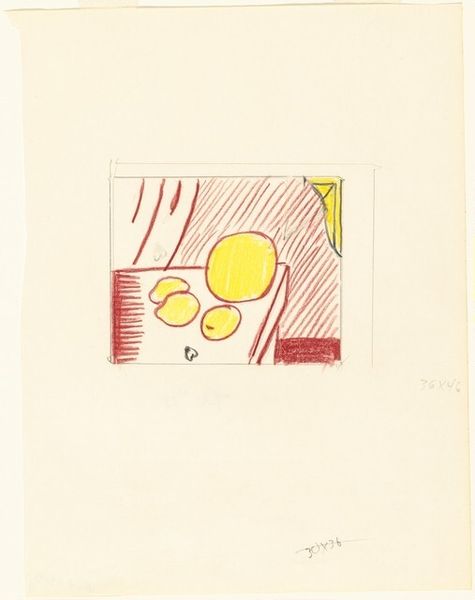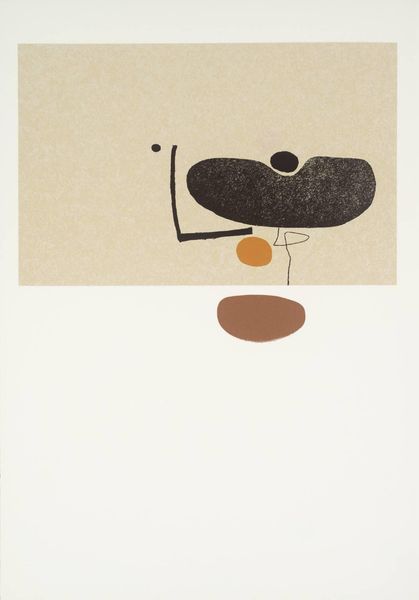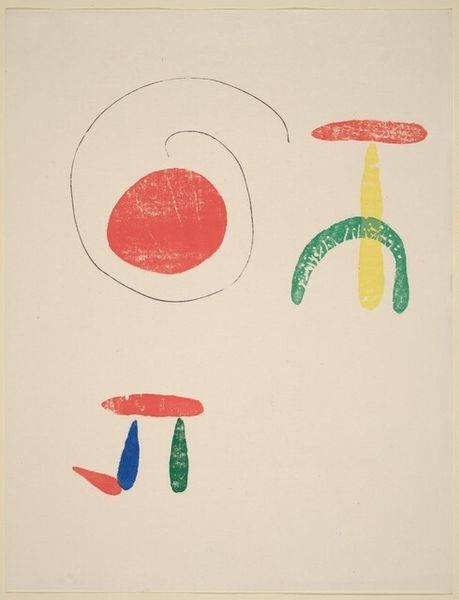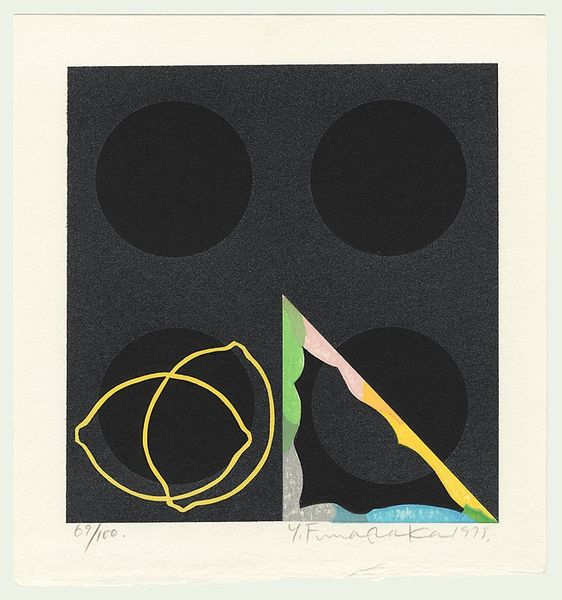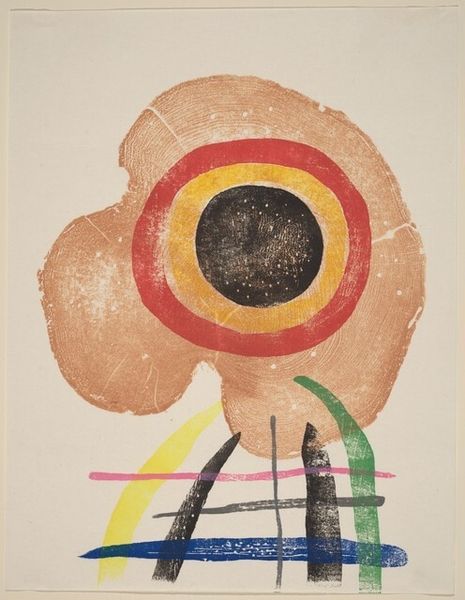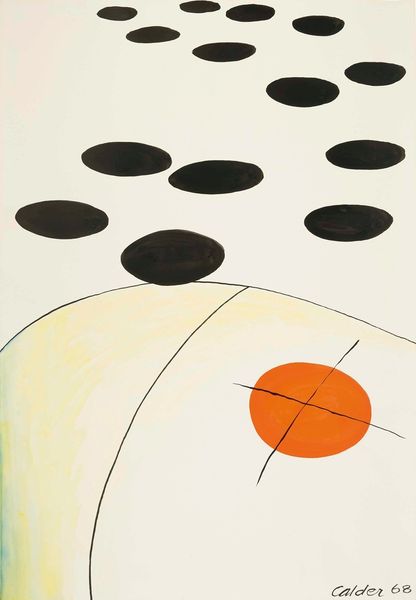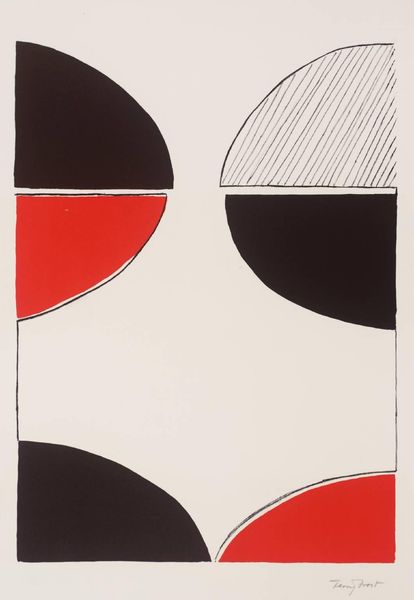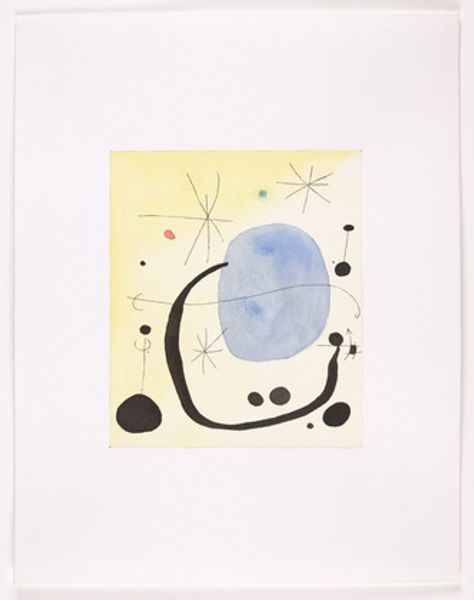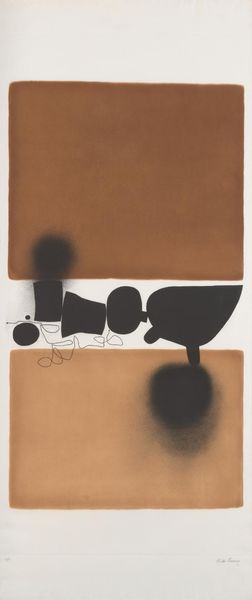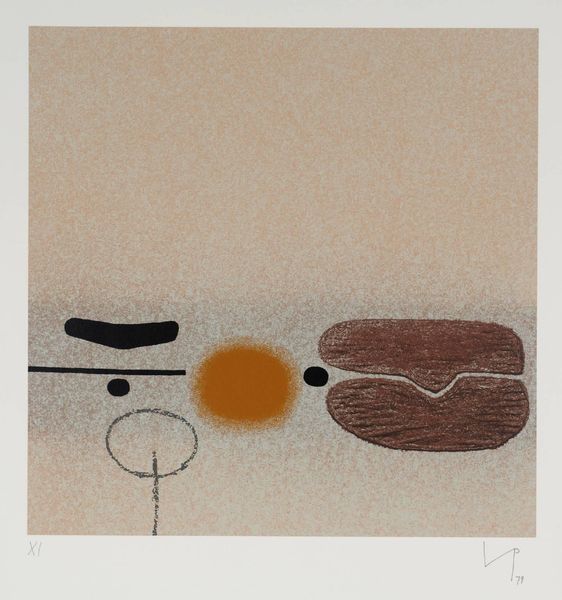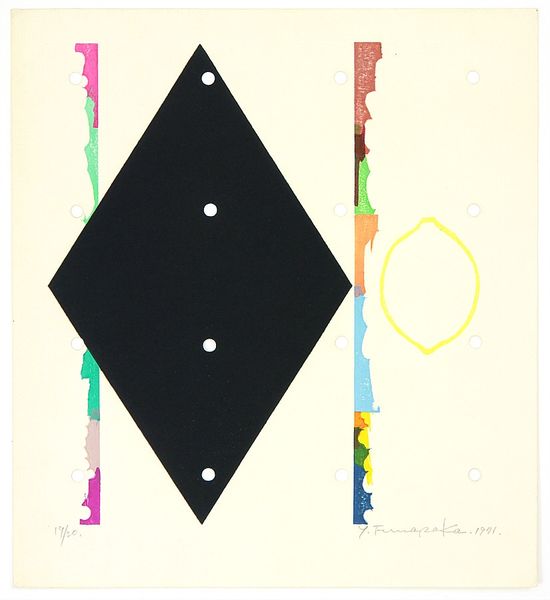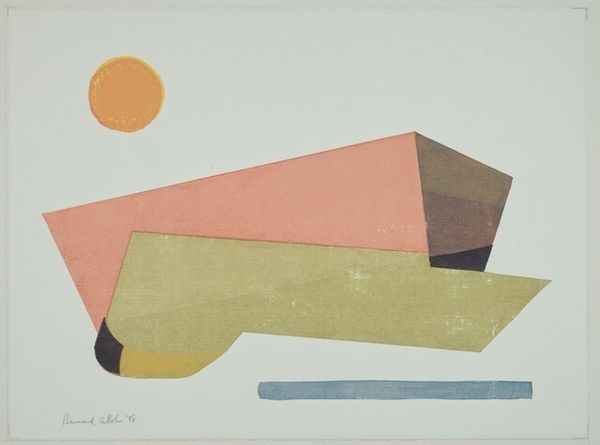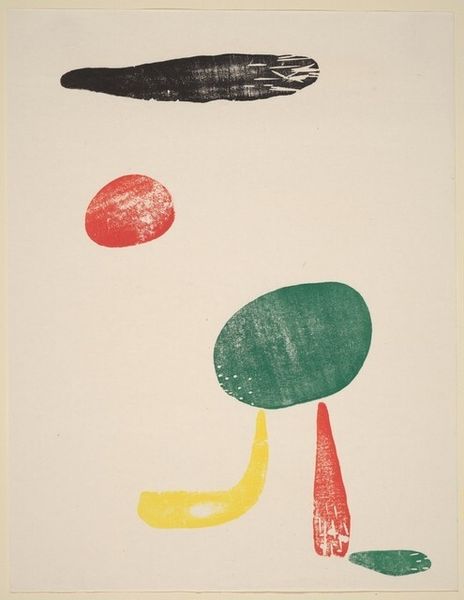
Dimensions: image: 606 x 584 mm
Copyright: © Henry Mundy | CC-BY-NC-ND 4.0 DEED, Photo: Tate
Editor: This is an untitled work by Henry Mundy, from the Tate Collection. The shapes and colors are fascinating. What strikes you about it? Curator: I'm interested in the materials and processes at play here. Look at the combination of hand-drawn elements, collage, and possibly printmaking techniques. It challenges the traditional hierarchy of art-making. Editor: How so? Curator: Mundy seems to be deliberately blurring the lines between high art and craft, inviting us to consider the labour and materiality inherent in the work itself, the artistic decisions that create this final product. Editor: That's a really interesting way to consider it. I hadn't thought about that. Curator: Focusing on its production reveals a complex dialogue about artistic value.
Comments
Join the conversation
Join millions of artists and users on Artera today and experience the ultimate creative platform.
tate 7 months ago
⋮
Henry Mundy was born in Birkenhead, Cheshire, in 1919. He moved to London to train at Camberwell School of Art from 1946 to 1950. His teachers included Victor Pasmore, Sir William Coldstream, Sir Lawrence Gowing and Michael Rothenstein. Mundy views his work as non-figurative and has offered purely formal interpretations of it, arguing that 'I only want to get the right intervals between the shapes in a way that satisfies me'. However others have seen his works as alluding to both still life and landscape perhaps because, as the critic David Sylvester remarked, they 'relate to visual experience, to seeing in a space which is all around one, to seeing as one moves about in space'. Gallery label, September 2004
